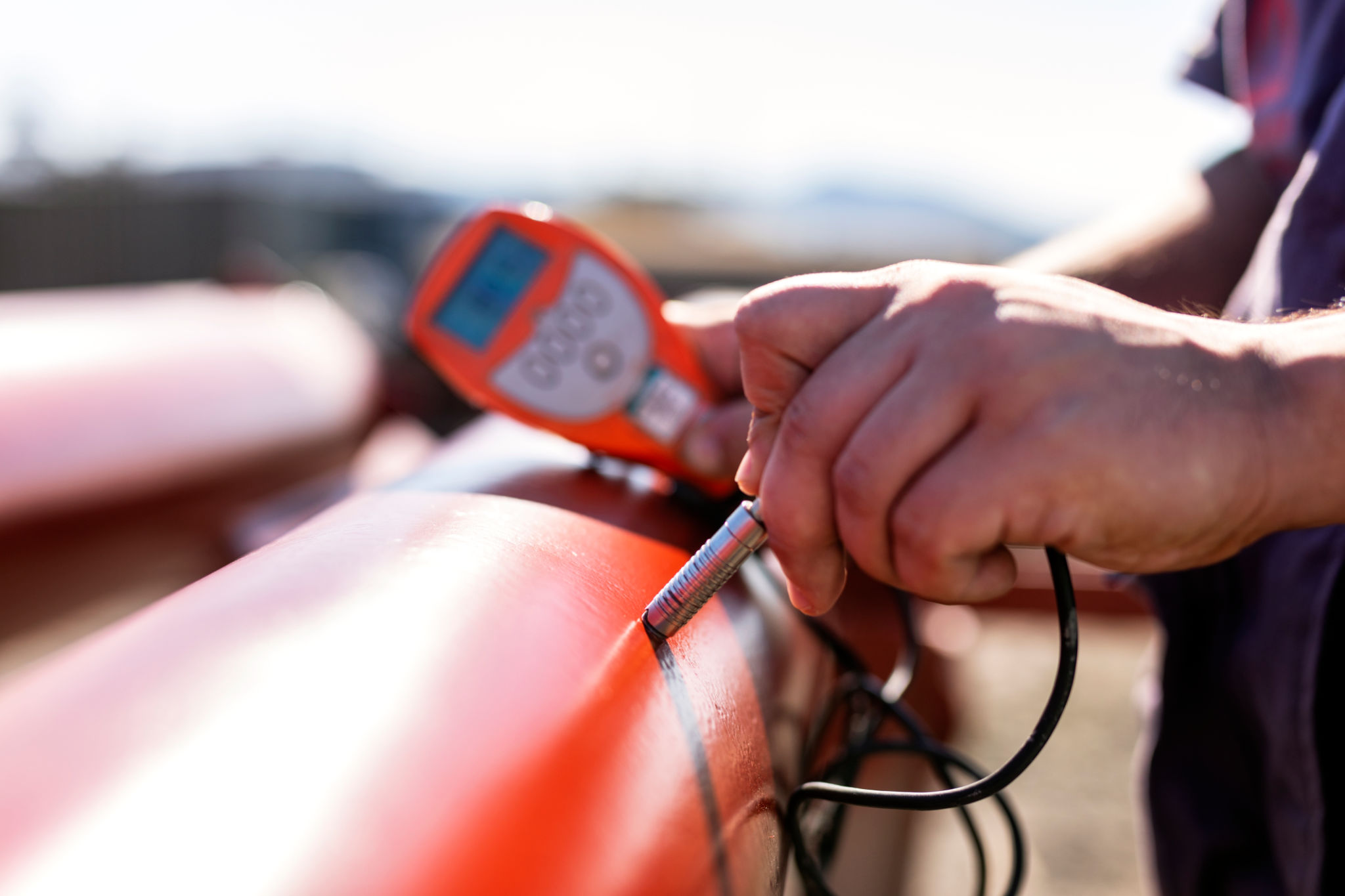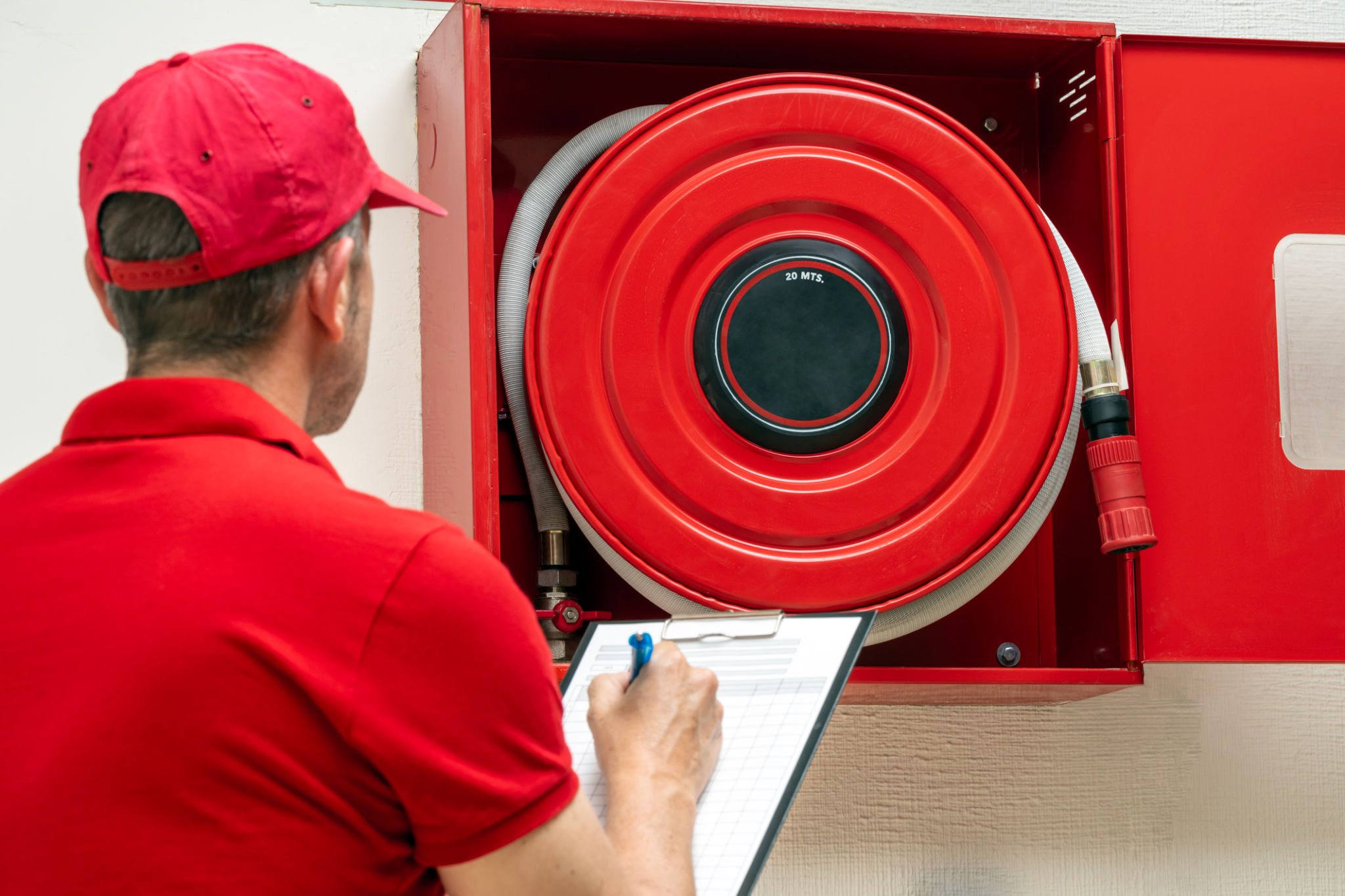The Essential Guide to Coating Inspection: Ensuring Durability and Safety
Understanding Coating Inspection
Coating inspection plays a crucial role in maintaining the durability and safety of structures. It involves a thorough examination of protective coatings applied on surfaces to ensure that they meet the required standards and perform optimally. Whether it's for industrial applications or residential projects, regular coating inspections can prevent costly repairs and enhance longevity.

The Importance of Coating Inspection
Conducting regular coating inspections is vital for several reasons. First, it helps identify potential defects or areas of concern before they escalate into more significant problems. Early detection can save time and money while ensuring that the coating provides the expected level of protection.
Secondly, coating inspections contribute to safety. In industries such as oil and gas, chemical processing, and maritime, coatings protect against harsh environmental conditions and chemical exposure. A compromised coating can lead to structural failures, endangering lives and assets.
Key Elements of a Coating Inspection
Several key elements are involved in a comprehensive coating inspection:
- Surface Preparation: Ensures that the substrate is properly cleaned and prepared for coating application.
- Coating Thickness: Verifies that the coating has been applied to the correct thickness, which is essential for its protective qualities.
- Adhesion Testing: Determines the bond strength between the coating and the substrate.
- Visual Inspection: Identifies any visible defects such as blistering, cracking, or peeling.

Tools and Techniques Used in Coating Inspection
Various tools and techniques are employed during a coating inspection to ensure accuracy and effectiveness. Some commonly used tools include:
- Dry Film Thickness Gauges: Measure the thickness of the applied coating.
- Pull-off Testers: Evaluate the adhesion strength of the coating.
- Visual Inspection Kits: Aid in detecting surface imperfections.
Choosing Qualified Coating Inspectors
To ensure that the inspection process is thorough and reliable, it's essential to hire qualified coating inspectors. Look for professionals certified by recognized organizations such as NACE International or SSPC. Certified inspectors possess the necessary knowledge and skills to conduct inspections according to industry standards.

The Role of Technology in Coating Inspection
Advancements in technology have significantly enhanced the coating inspection process. Digital tools and software can now provide real-time data analysis, improving accuracy and efficiency. Drones are also being used for inspecting hard-to-reach areas, offering a safer alternative to traditional methods.
Conclusion
In conclusion, coating inspection is an integral part of maintaining the integrity and safety of structures. By understanding its importance, key elements, and employing the right tools and professionals, you can ensure that your coatings perform effectively over time. Regular inspections not only protect your investment but also contribute to safety and compliance with industry regulations.